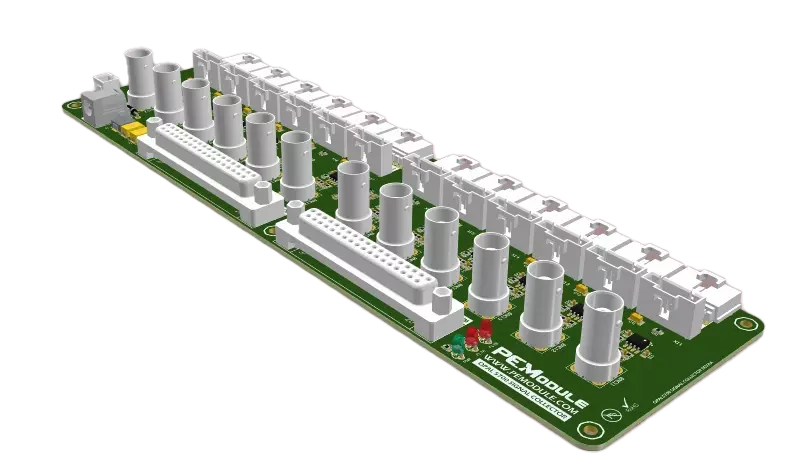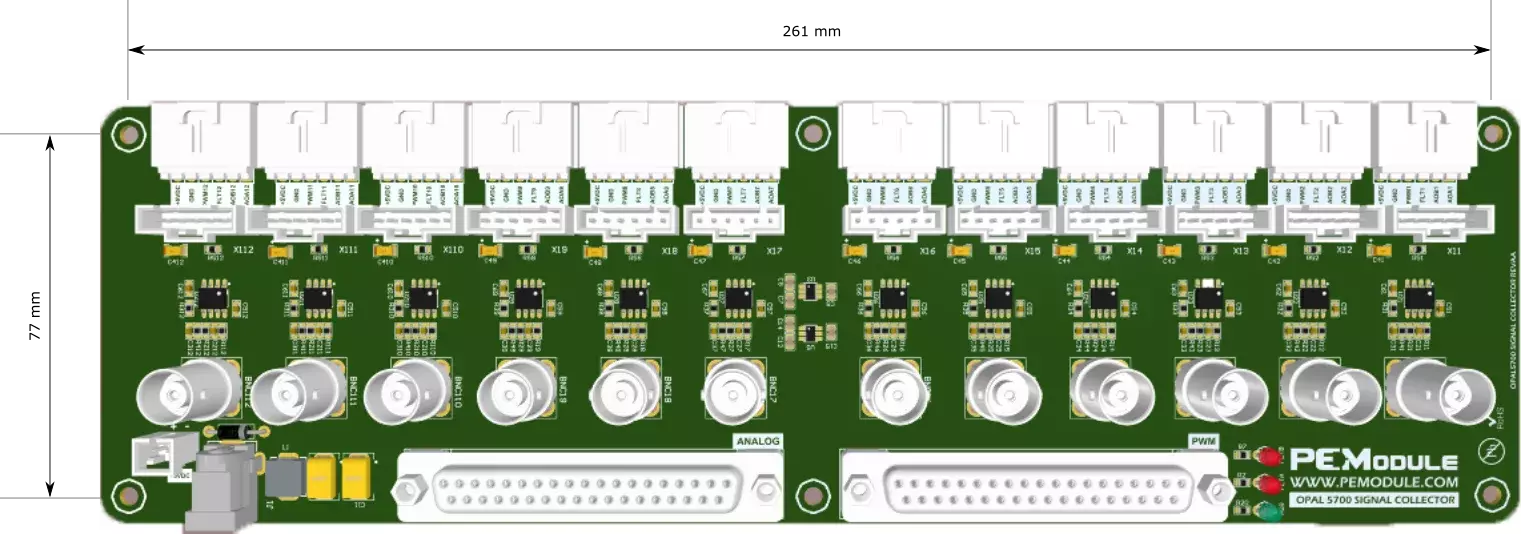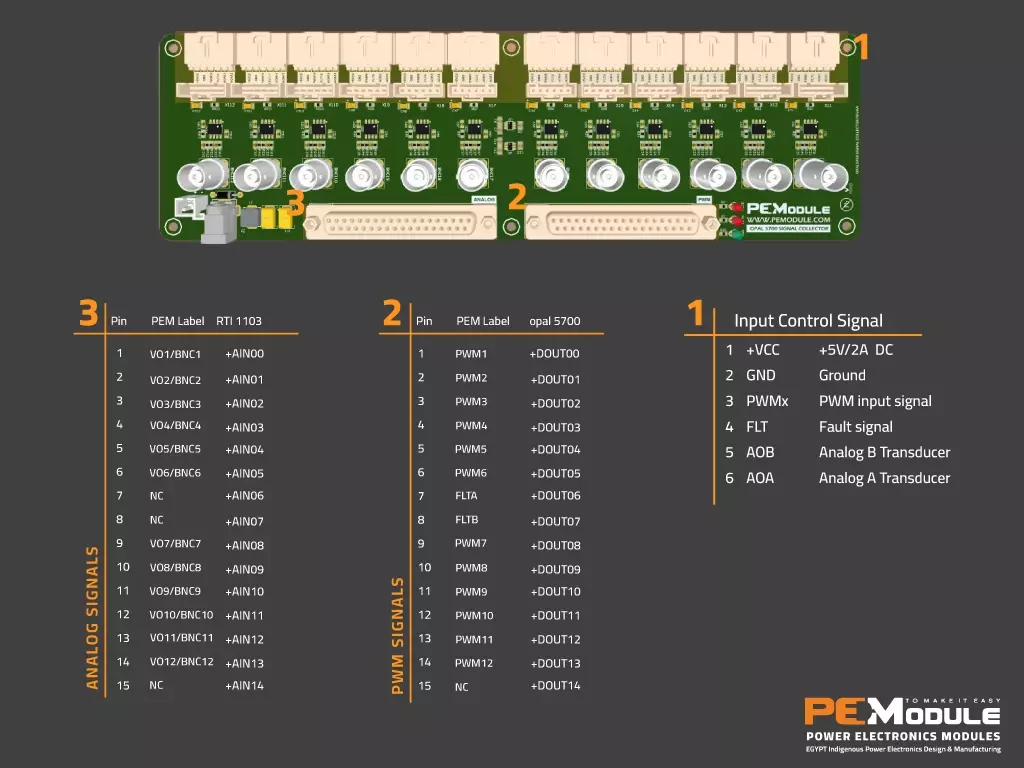In the realm of engineering and research, the ability to seamlessly connect and integrate various hardware components is crucial for success. PLUGY SYSTEM interface boards, such as the dSpace MicroLab Box, dSpace RTI 1103, and Opal 5700, have emerged as indispensable tools that not only simplify complex setups but also save valuable time and effort. These boards are designed to bridge the gap between different hardware platforms, ensuring compatibility and ease of use.
Understanding the PLUGY SYSTEM Interface Boards
The dSpace MicroLab Box Interface Board (PEM.BSC.07.A) is a powerful solution that allows researchers to connect up to 12 PWM outputs and 24 analog inputs. Its plug-and-play compatibility with the dSpace MicroLab box makes it an ideal choice for rapid prototyping and testing. The board’s features, such as a BNC connector for precise signal interfacing and a safety lock cable system, ensure secure and reliable connections. Additionally, built-in power management provides stable operation, while noise filtering and signal stability contribute to reliable performance.
The dSpace RTI 1103 Interface Board (PEM.BSC.08.A) offers a slightly different configuration, supporting up to 8 PWM outputs and 16 analog inputs. Like its counterpart, it is designed for plug-and-play compatibility with the dSpace RTI 1103. The board shares many of the same features, including a BNC connector, safety lock cable system, and built-in power management. Its compact and user-friendly design allows for quick setup and efficient operation, making it a valuable asset for researchers working with dSpace systems.
The Opal 5700 Interface Board (PEM.BSC.09.A) rounds out the trio, offering the same 12 PWM outputs and 24 analog inputs as the MicroLab Box board. It is compatible with the Opal 5700 and shares the same key features, such as a BNC connector, safety lock cable system, and built-in power management. This board is particularly useful for researchers working with Opal-RT systems, providing a seamless interface for their experiments.
Simplifying Research and Enhancing Efficiency
One of the primary benefits of these interface boards is their ability to simplify the research process. By providing a standardized and reliable connection between different hardware platforms, they eliminate the need for complex wiring and setup procedures. This not only saves time but also reduces the risk of errors and malfunctions. Researchers can focus on their experiments rather than troubleshooting hardware issues, leading to more productive and efficient workflows.
Moreover, the plug-and-play nature of these boards ensures that they can be easily integrated into existing setups. Whether you are working with dSpace, Opal-RT, or TI LaunchXL platforms, these interface boards provide a seamless connection, allowing for quick and easy integration. This flexibility is particularly valuable in research environments where multiple platforms may be used simultaneously.
Another significant advantage is the enhanced reliability and performance offered by these boards. Features such as noise filtering and signal stability ensure that the data collected during experiments is accurate and consistent. This is crucial for research that requires precise measurements and reliable results. Additionally, the built-in power management system provides stable operation, protecting the hardware from voltage fluctuations and ensuring long-term reliability.
Conclusion
In conclusion, PLUGY SYSTEM interface boards are essential tools for researchers and engineers working with dSpace, Opal-RT, and TI LaunchXL platforms. They simplify the research process by providing a seamless and reliable connection between different hardware components, saving valuable time and effort. With features such as plug-and-play compatibility, BNC connectors, safety lock cable systems, and built-in power management, these boards offer enhanced reliability and performance. By streamlining the setup process and ensuring accurate and consistent results, they contribute to more efficient and productive research workflows. Whether you are a seasoned researcher or a student just starting out, these interface boards are a valuable addition to any lab.




